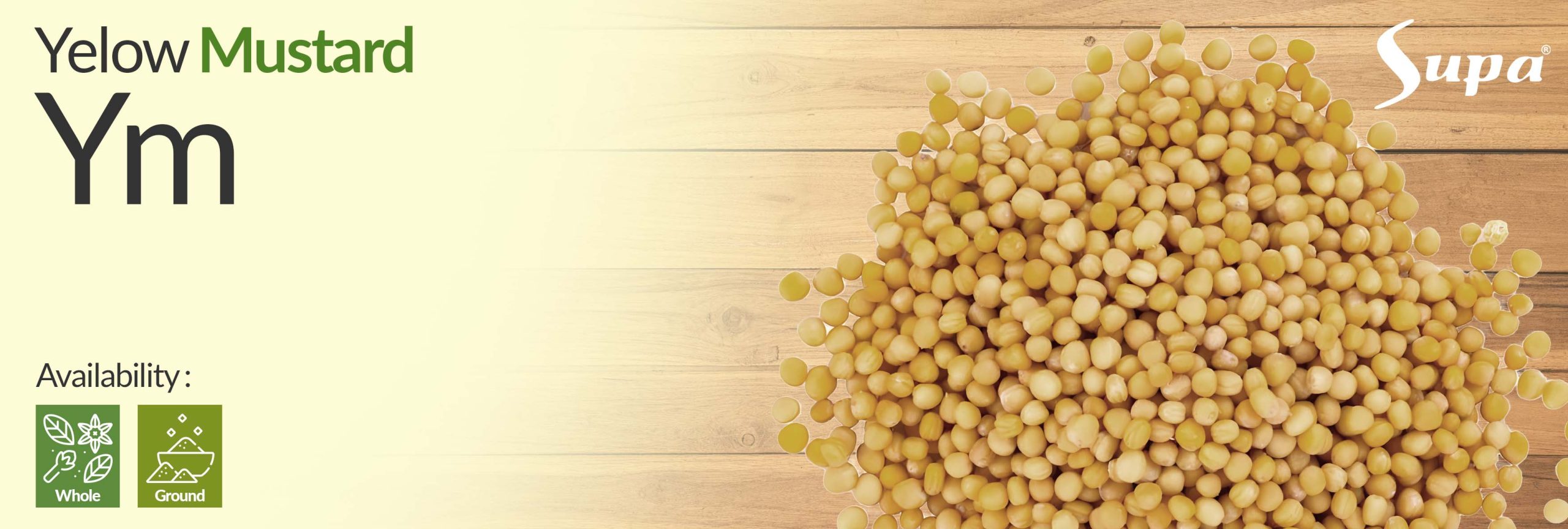
Mustard seeds boast a rich history that spans continents and epochs. Archaeological findings of these seeds have been unearthed in prehistoric sites from China to Europe, a testament to their enduring presence in human culinary practices. The earliest known records of mustard’s use as a condiment date back to ancient Greek and Roman civilizations. In these cultures, mustard seeds were employed in various ways, including chewing them whole, grinding them into a powder to sprinkle over food, or steeping them in wine. This marked the beginning of mustard’s journey as a culinary enhancer.
The Middle Ages witnessed the expansion of mustard’s influence across regions through trade routes and cultural exchanges. White mustard found its way to India and China via Arab trade routes, while brown mustard traveled overland from its native India to Europe. An ingenious method of preserving and transporting mustard involved mixing the powdered seeds with flour and other spices. This mixture was then shaped into balls using honey, wine, or vinegar, enabling easy transport and storage. As a result, mustard began to transcend borders and cultures, gaining popularity in various culinary traditions.
The term “mustard” itself holds historical significance, believed to stem from the Latin word “mustum,” which referred to the young wine used to mix ground mustard seeds into a paste. This etymology underscores the early practices of blending mustard seeds with liquids to create the iconic condiment enjoyed across the globe today. Mustard’s journey through time showcases its adaptability, versatility, and ability to seamlessly integrate into diverse culinary traditions, uniting cultures through its distinctive flavors and transformative properties.
Flavor: Yellow mustard has a mild and tangy flavor with a hint of sweetness. It is less pungent and sharp compared to other mustard varieties like Dijon or brown mustard. The flavor of yellow mustard is often well-balanced, making it a popular choice for various dishes. Taste: The taste of yellow mustard is characterized by its mild tanginess and subtle spiciness. The spiciness is not as pronounced as in other mustard types. Yellow mustard's taste is not overwhelming and can add a pleasant kick to foods without dominating the palate. Aroma: The aroma of yellow mustard is generally mild and slightly tangy. While it may not have as strong an aroma as some other mustard varieties, it still contributes a recognizable scent that complements its flavor.
Condiment: Yellow mustard is commonly used as a condiment to add flavor and tanginess to foods like hot dogs, burgers, sandwiches, and sausages. Salad Dressing: Yellow mustard can be a key ingredient in homemade salad dressings and vinaigrettes, adding both flavor and emulsifying properties. Marinade: Yellow mustard can be used in marinades for meats, poultry, and fish. Its acidity helps tenderize the meat while adding a tangy flavor. Dipping Sauce: Mixed with other ingredients, yellow mustard can serve as a dipping sauce for items like pretzels, chicken tenders, and vegetables. Cooking Ingredient: Yellow mustard can be incorporated into various recipes to add depth and tang to sauces, casseroles, and other cooked dishes.
Origin : India Botanical Name : Brassica nigra Composition : Yellow Mustard Seed Color : Yellow-Brown Moisture Content : Max 10% Shelf Life : 12 Months Loadability : 20 FCL Package : Carton Packing *For more detailed specifications, please feel free to contact us.

